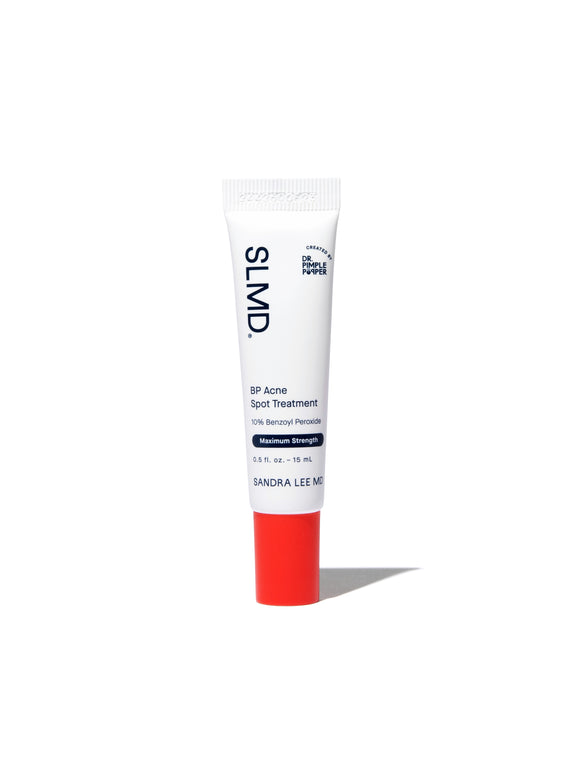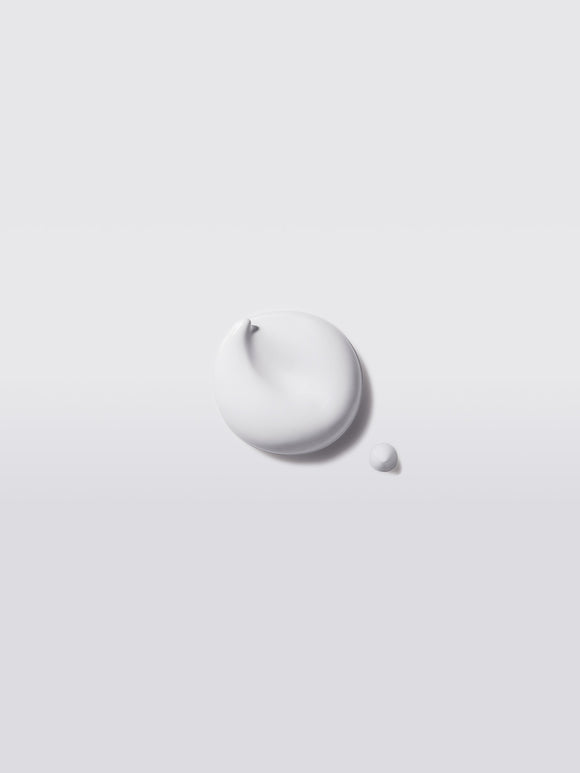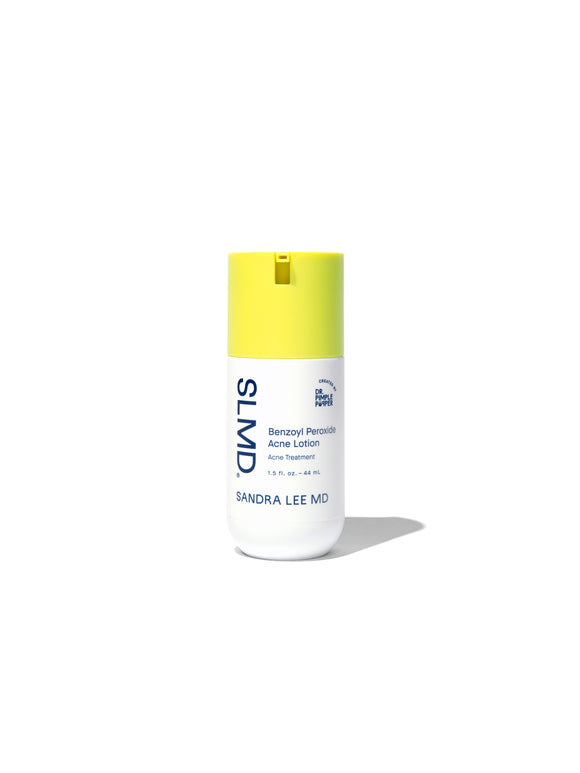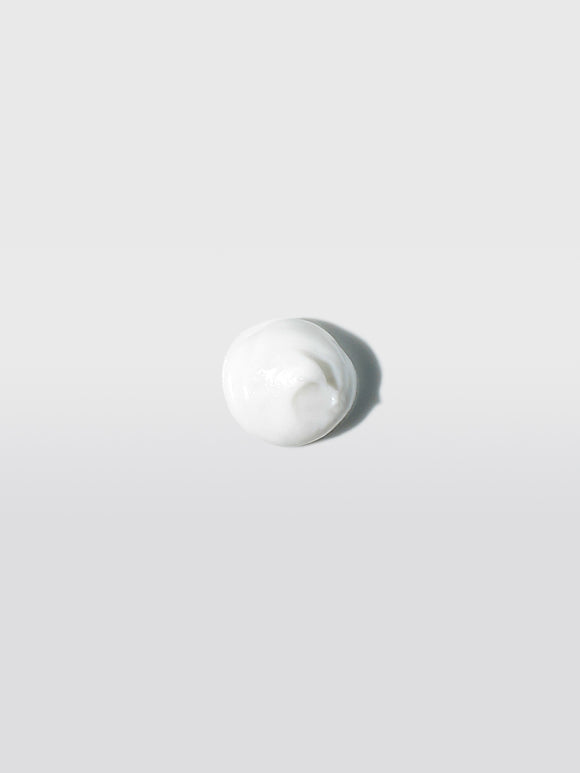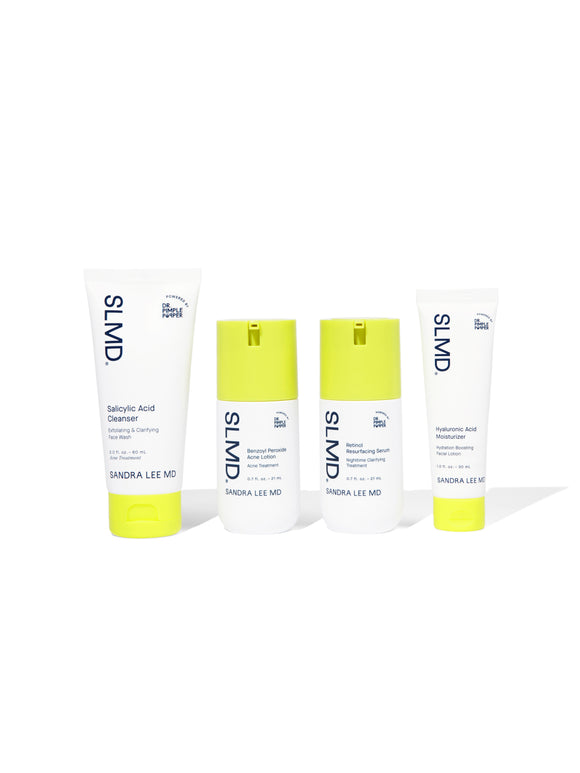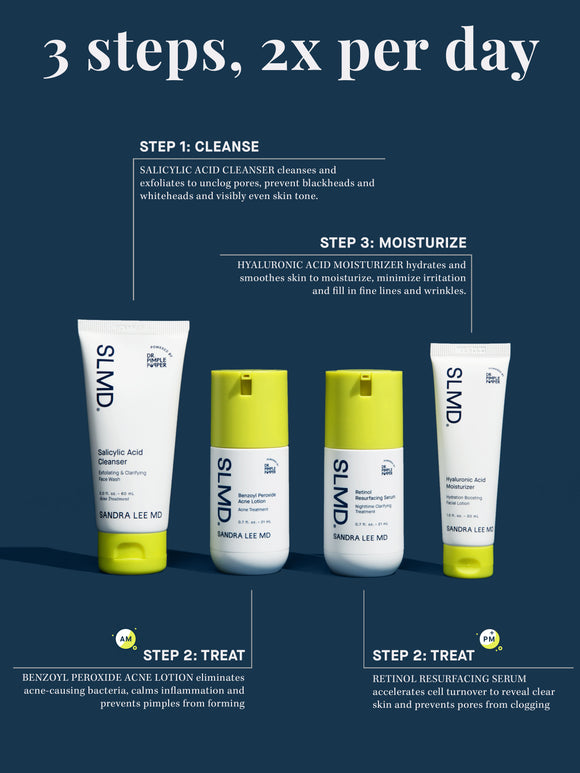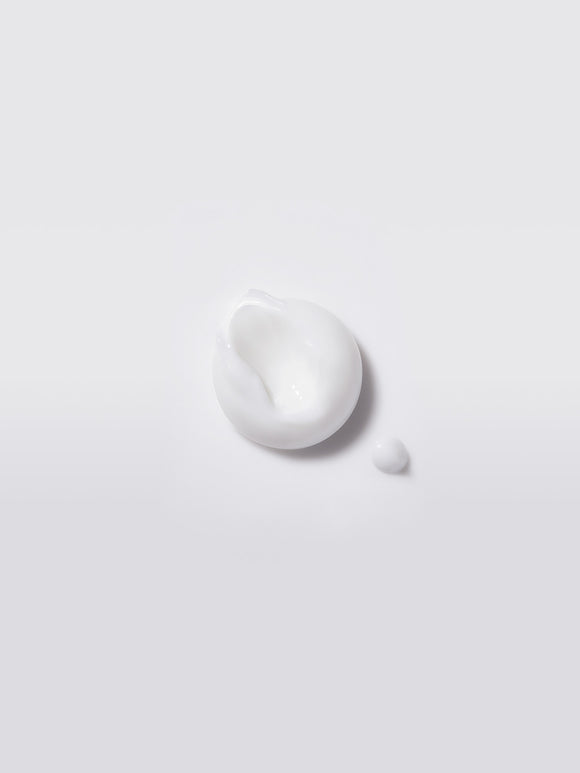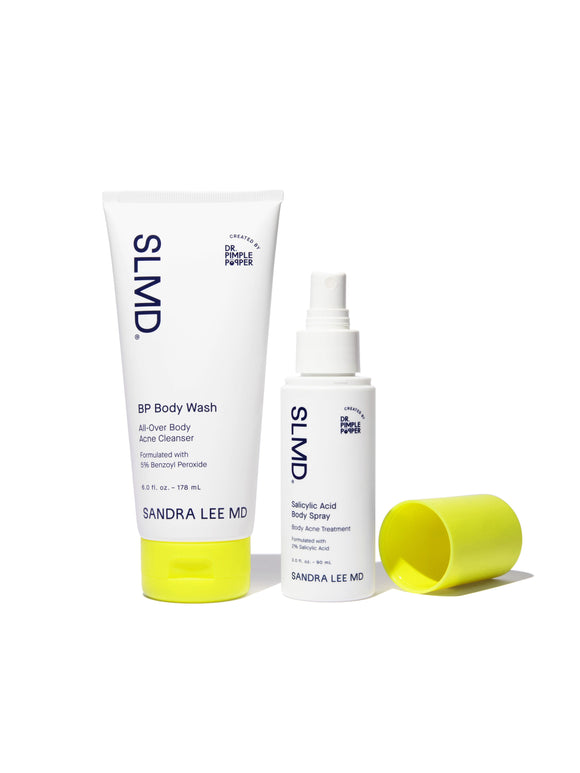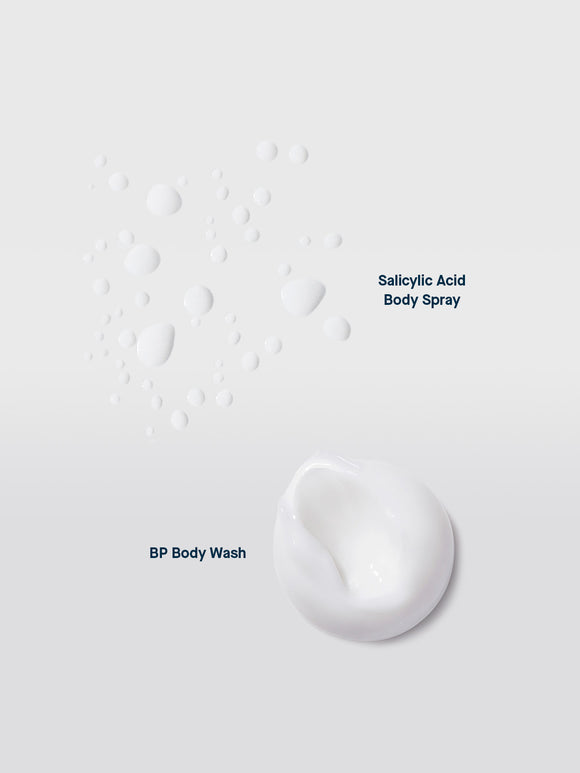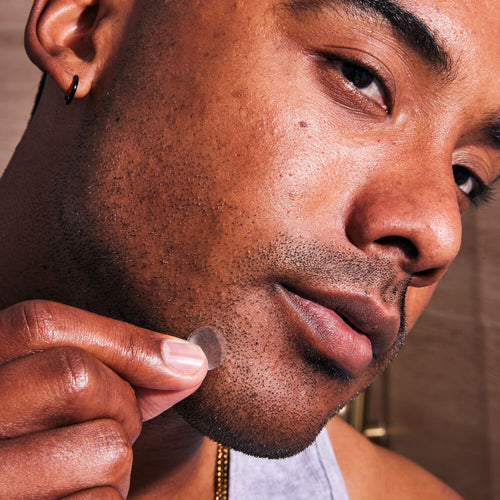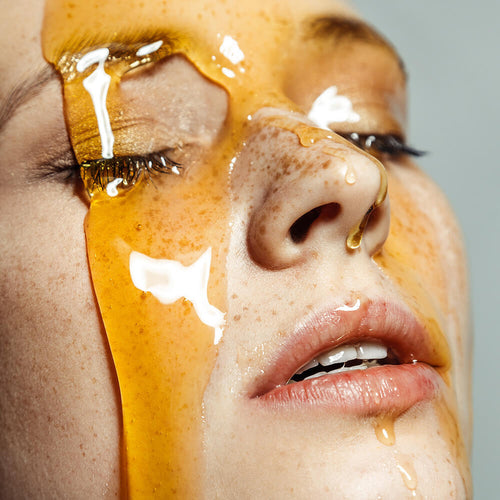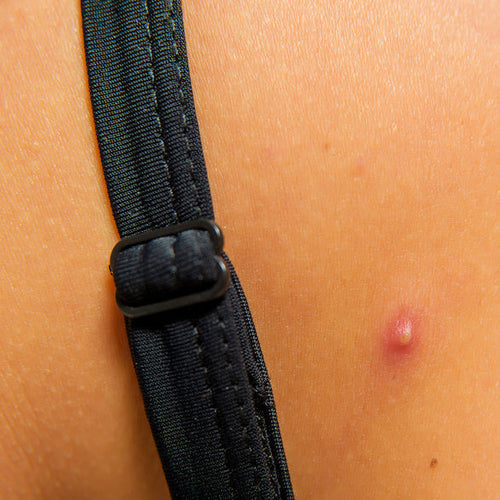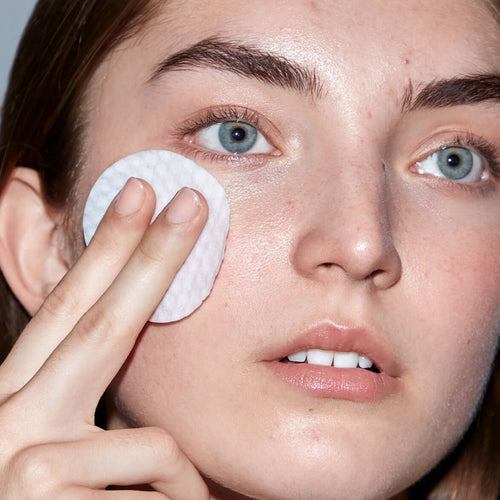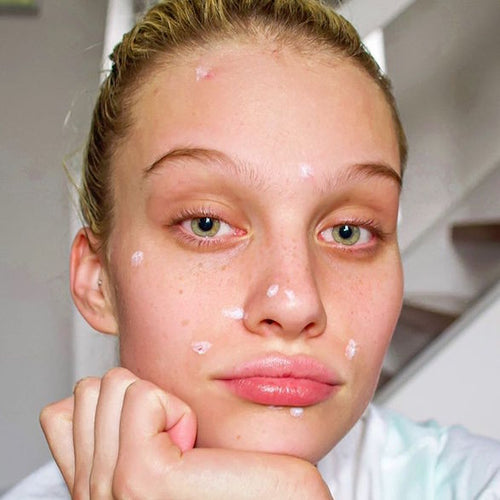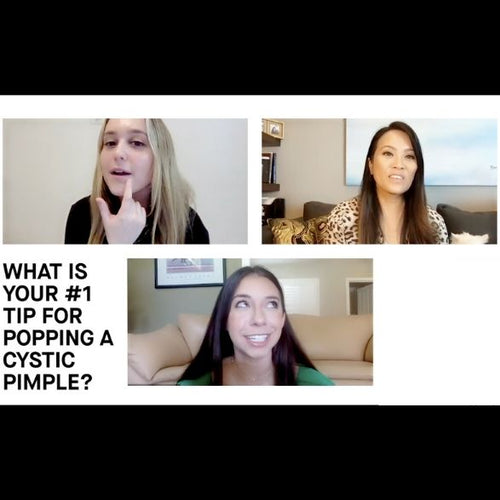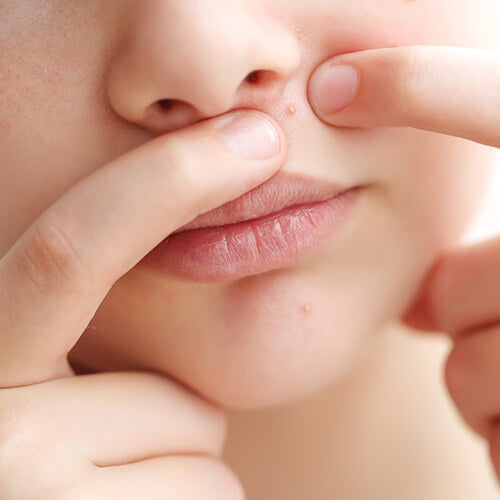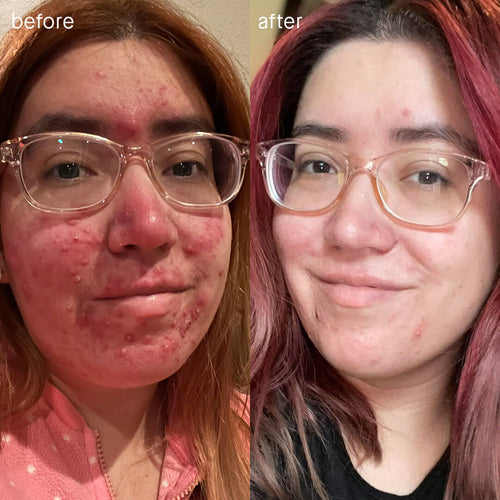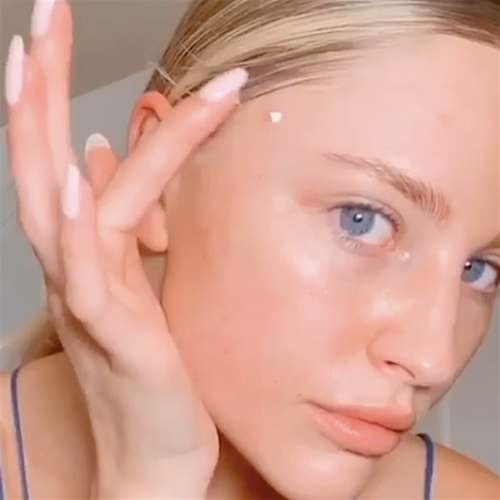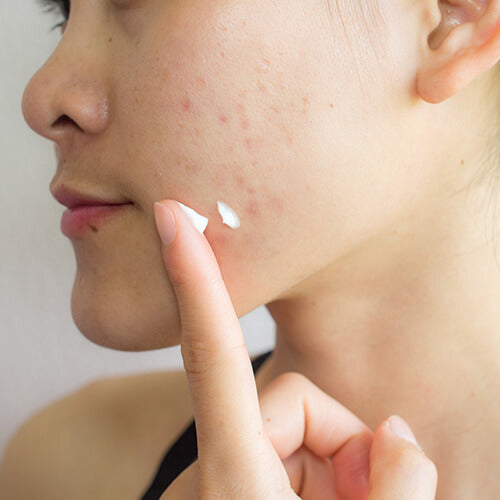
OTC vs. Prescription Benzoyl Peroxide: Which One is Best for Acne?
Dr. Pimple Popper sheds light on which form of this acne-fighting wonder will work for you.
Published:
3 minute read
Benzoyl peroxide has been a dermatologist favorite for acne treatment since the 1960s. But with both over-the-counter (OTC) and prescription-strength options available, how do you know which one is right for you?
With the help of dermatologist and SLMD Skincare founder Sandra Lee, MD (aka Dr. Pimple Popper), let’s break down the differences, benefits, and best use cases for each.
Article Quick Links
What Is Benzoyl Peroxide and How Does It Work?
Benzoyl peroxide is a powerful antimicrobial ingredient that eliminates acne-causing bacteria (C. acnes) on contact. Unlike some acne treatments, it’s oil-soluble, meaning it penetrates deep into pores, mixing with trapped sebum and dead skin cells to prevent breakouts.
Here’s how it works:
- Kills acne bacteria instantly by releasing oxygen (bad news for C. acnes, which thrives in oxygen-free environments)
- Unclogs pores by breaking down excess oil and dead skin
- Reduces inflammation to calm red, swollen breakouts
What’s the difference between OTC and prescription benzoyl peroxide?
To better understand when to use OTC versus prescription benzoyl peroxide, here’s a quick breakdown of their differences:
| FACTOR | OTC BENZOYL PEROXIDE | PRESCRIPTION BP |
| STRENGTH | 2.5%–10% | Typically combined with other active ingredients |
| AVAILABILITY | Drugstores, online | Requires dermatologist prescription |
| BEST FOR | Mild to moderate acne | Severe, persistent acne |
| FORMULATION | Cleansers, gels, lotions | Often mixed with retinoids/antibiotics |
| COMMON EXAMPLES | Acne washes, spot treatments | Twyneo, Benzaclin, Epiduo |
Below, we’ll dive deeper into how each one works.
Dr. Pimple Popper's Benzoyl Peroxide Acne Solutions
OTC benzoyl peroxide (2.5%–10%)
- Available in cleansers, lotions, gels, and spot treatments
- FDA-approved as safe and effective for acne treatment
- Higher concentrations aren’t always better — studies show that 2.5%–5% BP is just as effective as 10%, with less irritation
- Often used alongside other acne-fighting ingredients like salicylic acid or sulfur for a comprehensive acne routine. Try: SLMD Acne System, Body Acne System
Dr. Lee’s takeaway tip: "For most people with mild to moderate acne, over-the-counter benzoyl peroxide is an effective first step. It’s widely available, works quickly to reduce bacteria, and can be used alongside other acne-fighting ingredients."
Prescription benzoyl peroxide
- Typically prescribed in combination treatments rather than as a standalone ingredient
- Found in stronger medical formulations for more persistent or severe acne
- Common prescription BP combinations include:
- Tretinoin + BP (Twyneo): FDA-approved in 2021 for acne treatment
- BP + Clindamycin (Benzaclin): FDA-approved in 2000, available as a generic
- Adapalene + BP (Epiduo): FDA-approved in 2008, with a generic version available since 2021
- May be prescribed for body acne, particularly when OTC treatments haven’t worked
- Often combined with antibiotics or retinoids for prescription acne treatment. To learn more, read Can You Combine Benzoyl Peroxide and Retinol Safely?
Dr. Lee’s takeaway tip: "OTC benzoyl peroxide is highly effective for most people, but if you're dealing with persistent, deep, or cystic acne, your dermatologist may recommend a prescription-strength formulation. These are often combined with antibiotics or retinoids for enhanced results."
FAQs About Benzoyl Peroxide
Q: How long does it take for benzoyl peroxide to work?
A: Most people see improvements within 4–6 weeks, but full results can take up to 12 weeks with consistent use.
Q: Should I use benzoyl peroxide every day?
A: Yes, if your skin tolerates it! If you’re new to BP, start with every other day to minimize irritation, then increase usage as needed.
Q: Does benzoyl peroxide help with acne scars?
A: BP treats active acne, but it won’t fade existing scars. However, by reducing breakouts and inflammation, it can help prevent future scarring. For post-acne marks, look into retinoids, vitamin C, or chemical exfoliants.

Dr. Lee's Last Word
For patients with inflammatory acne, benzoyl peroxide is a game-changer. It kills acne-causing bacteria, helps prevent breakouts, and is widely accessible without a prescription. However, it can be drying, so always follow with a non-occlusive moisturizer and daily sunscreen.



